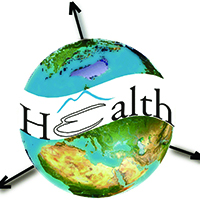Detecting dengue outbreaks in Malaysia using geospatial techniques

All claims expressed in this article are solely those of the authors and do not necessarily represent those of their affiliated organizations, or those of the publisher, the editors and the reviewers. Any product that may be evaluated in this article or claim that may be made by its manufacturer is not guaranteed or endorsed by the publisher.
Authors
Dengue is a complex disease with an increasing number of infections worldwide. This study aimed to analyse spatiotemporal dengue outbreaks using geospatial techniques and examine the effects of the weather on dengue outbreaks in the Klang Valley area, Kuala Lumpur, Malaysia. Daily weather variables including rainfall, temperature (maximum and minimum) and wind speed were acquired together with the daily reported dengue cases data from 2001 to 2011 and converted into geospatial format to identify whether there was a specific pattern of the dengue outbreaks. The association between these variables and dengue outbreaks was assessed using Spearman's correlation. The result showed that dengue outbreaks consistently occurred in the study area during a 11-year study period. And that the strongest outbreaks frequently occurred in two high-rise apartment buildings located in Kuala Lumpur City centre. The results also show significant negative correlations between maximum temperature and minimum temperature on dengue outbreaks around the study area as well as in the area of the high-rise apartment buildings in Kuala Lumpur City centre.
How to Cite
PAGEPress has chosen to apply the Creative Commons Attribution NonCommercial 4.0 International License (CC BY-NC 4.0) to all manuscripts to be published.













